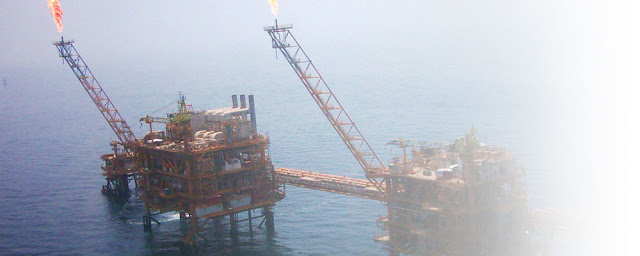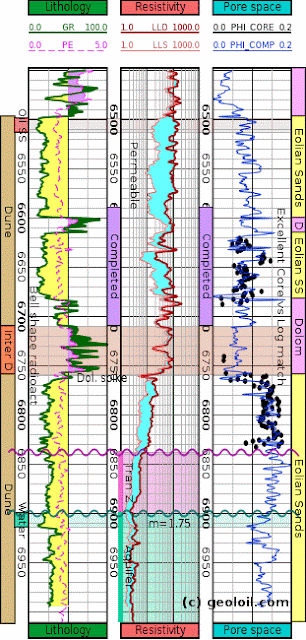Density Neutron Porosity - Petrophysics Consultant & Training

The safest porosity output from logs if matrix and fluids are uncertain is density-neutron porosity ( Ødn ). The density and neutron tools usually deviate from true porosity in opposite directions as the fluid content or rock matrix varies. Schlumberger Chart CP1e shows how lithology and fluid variations do not seriously disturb density-neutron porosity. The red lines drawn parallel to the gas correction show how light hydrocarbons, variations in matrix between sand, limestone, dolomite and even shale do not seriously disrupt the reported cross plot porosity. The cross-plot data point is moved NW-SE parallel to the red lines to any lithology and a similar porosity result. Therefore, Ødn should be used until grain and fluid density are known or can be confidently predicted after which density only or density NMR may be used. Density only porosity should not be used where grain or fluid density are not known, for example during exploration. All Integrated Petrophysics consulta


